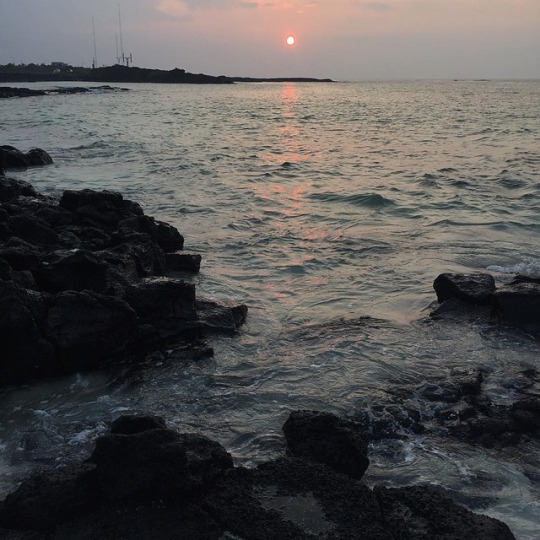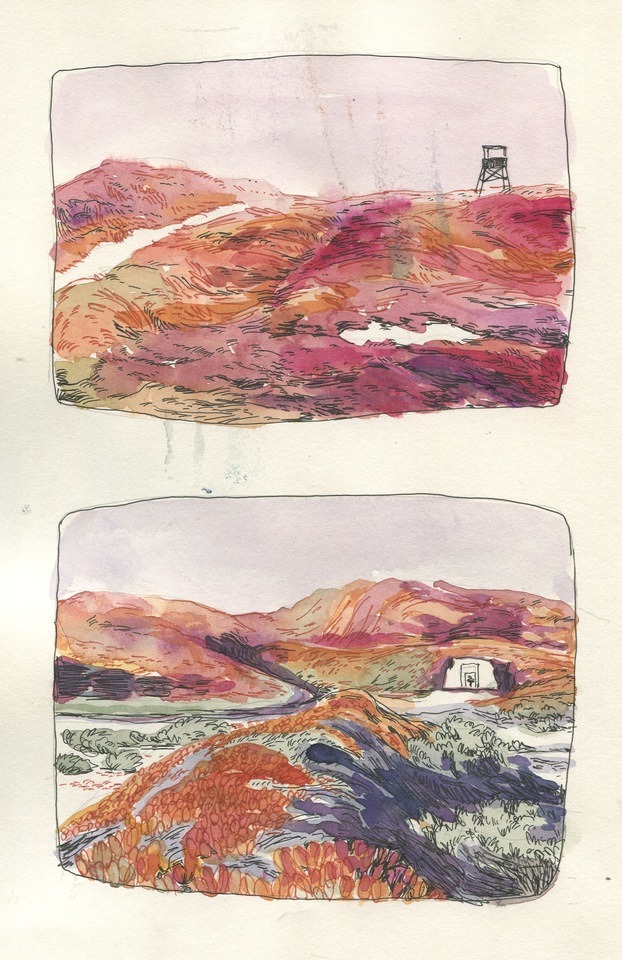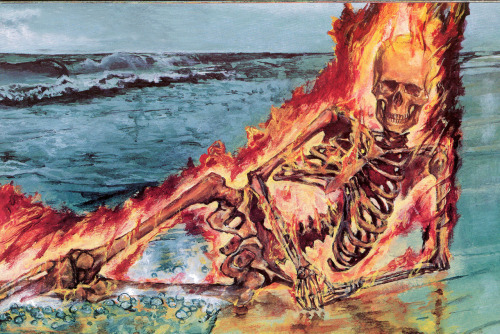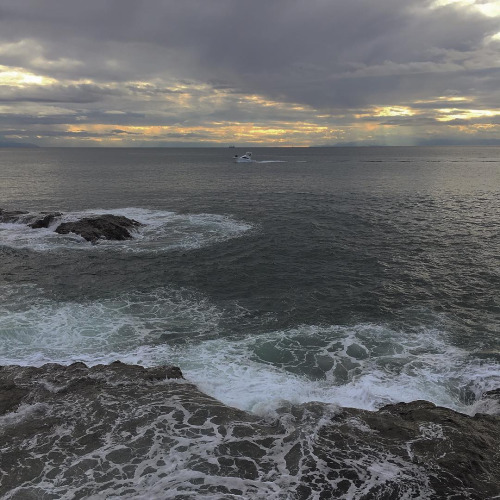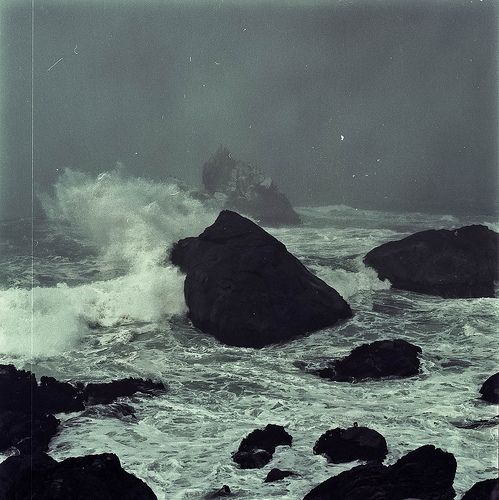I'm Megan, an astrophysics researcher, and a democracy defender.
Don't wanna be here? Send us removal request.
Photo
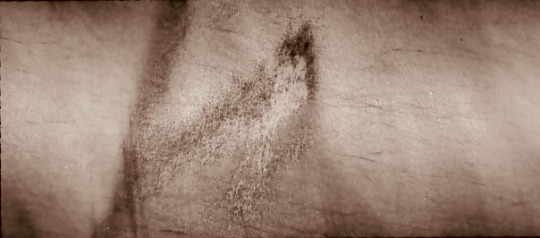
Underground liquid water lake on Mars [604x266]
28 notes
·
View notes
Photo
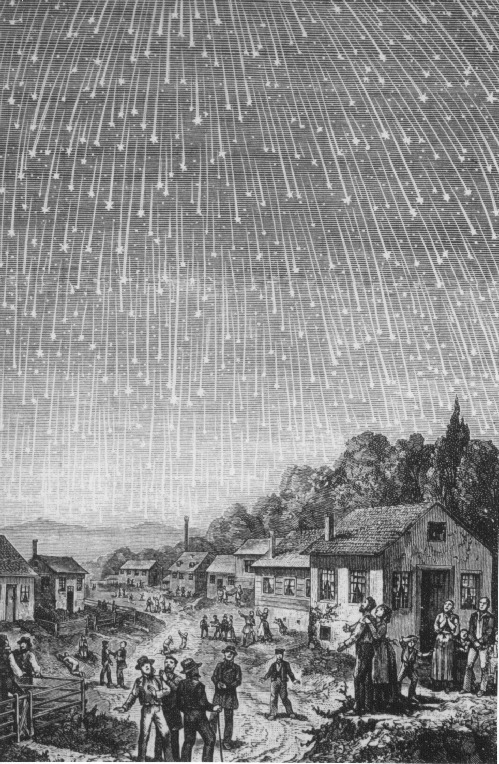
Close to the Perseid meteor shower’s peak (next Saturday, 12th) one think on how impressive it had to be the November 1833 Leonid meteor shower, with about 100000 meteors per hour, around 30 per second (in the picture an engraving by Adolf Vollmy, 1889). These days during the Perseid shower, we have to settle with an expected beat of 150 per hour -about a couple of them per minute.
Related readings and references:
The Greatest Meteor Show of All Time (NASA - Watch the Skies)
Perseid meteor shower 2017 weather forecast (Met Office)
Perseid Meteor Shower 2017: When, Where & How to See It (Space.com)
Leonid meteor shower 1833 (EarthSky.org)
1833 Meteor Storm Started Citizen Science (National Geographic)
Brief history of the Leonid shower (NASA’s Leonid Multi-Instrument Aircraft Campaign Homepage)
300 notes
·
View notes
Photo
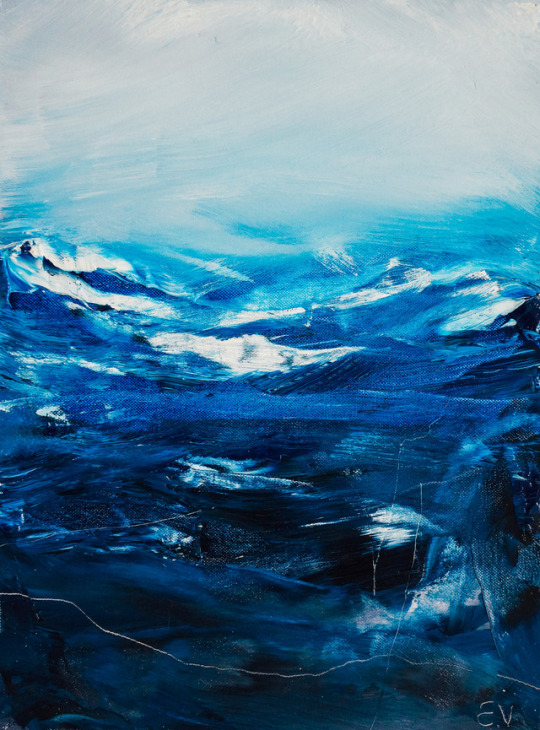

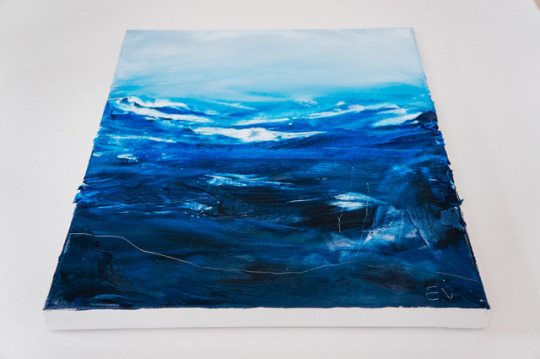
Ernest Volynec Show Me How 16″ x 12″ / 40 x 30 cm, oil on canvas
Purchase this painting
Website | Instagram | Facebook
2K notes
·
View notes
Photo

No More Darkness - Luc Dondeyne, 2004,
French, b.1963-
oil on canvas, 120 x 80 cm.
private collection
161 notes
·
View notes
Photo
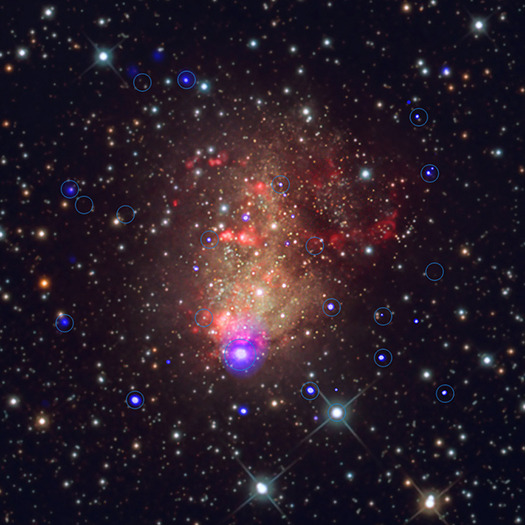
In 1887, American astronomer Lewis Swift discovered a glowing cloud, or nebula, that turned out to be a small galaxy about 2.2 billion light years from Earth. Today, it is known as the “starburst” galaxy IC 10, referring to the intense star formation activity occurring there.
More than a hundred years after Swift’s discovery, astronomers are studying IC 10 with the most powerful telescopes of the 21st century. New observations with NASA’s Chandra X-ray Observatory reveal many pairs of stars that may one day become sources of perhaps the most exciting cosmic phenomenon observed in recent years: gravitational waves.
Chandra detected 110 X-ray sources in IC 10. Of these, over forty are also seen in optical light and 16 of these contain “blue supergiants”, which are the type of young, massive, hot stars described earlier. Most of the other sources are X-ray binaries containing less massive stars. Several of the objects show strong variability in their X-ray output, indicative of violent interactions between the compact stars and their companions.
Much more info:http://chandra.si.edu/photo/2017/ic10/
40 notes
·
View notes
Photo
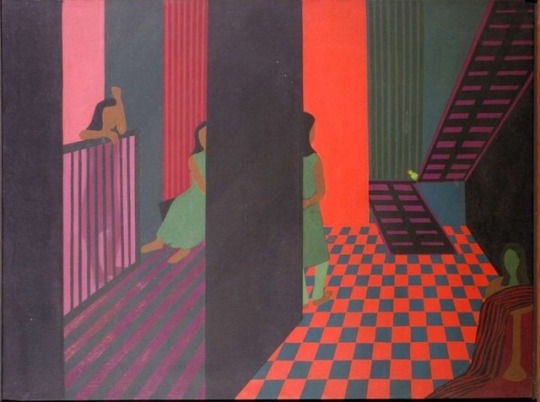
Feroz Katpitia (Indian), RED AND GREEN. Oil on canvas, 122 x 92 cm
227 notes
·
View notes





